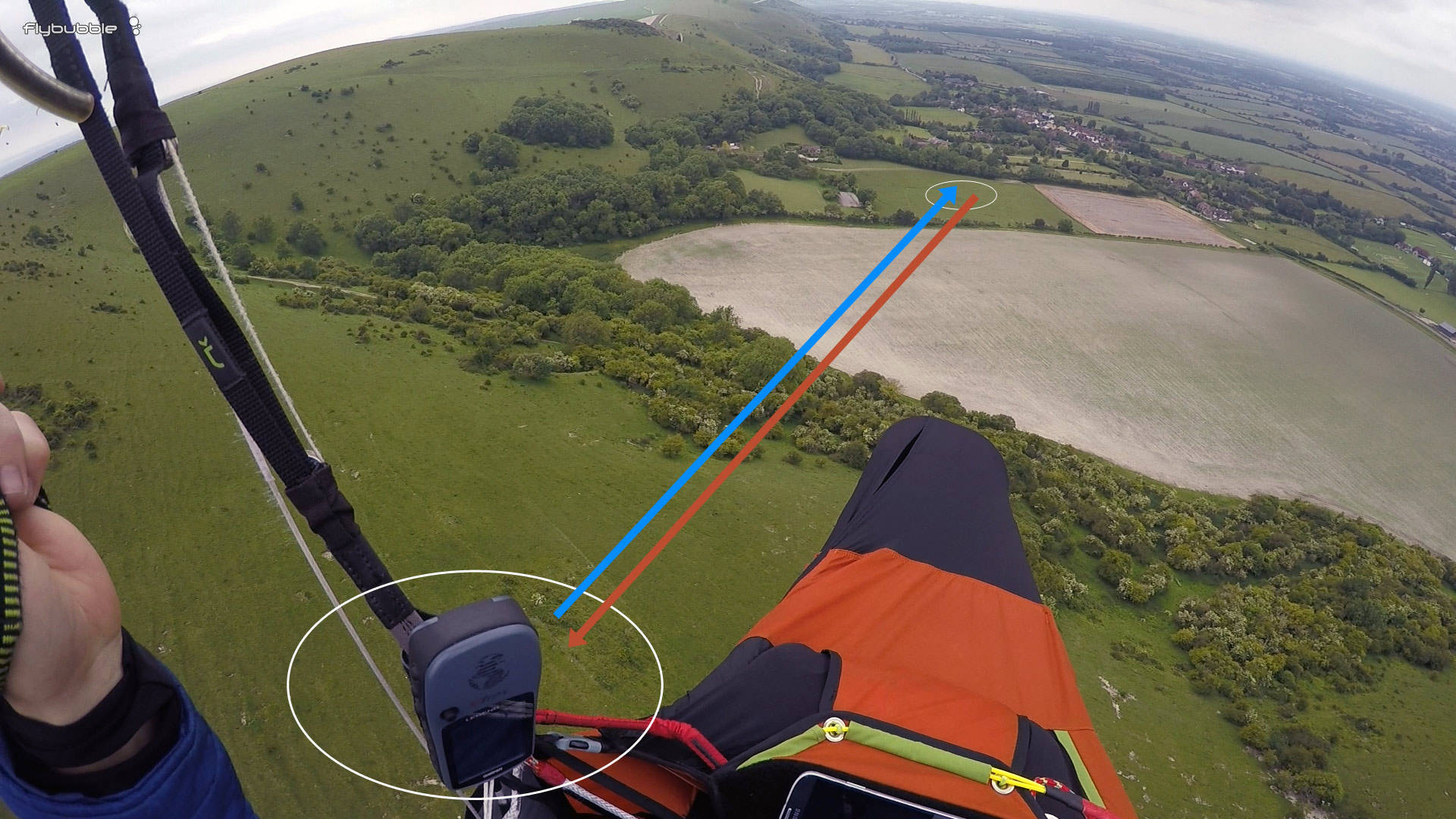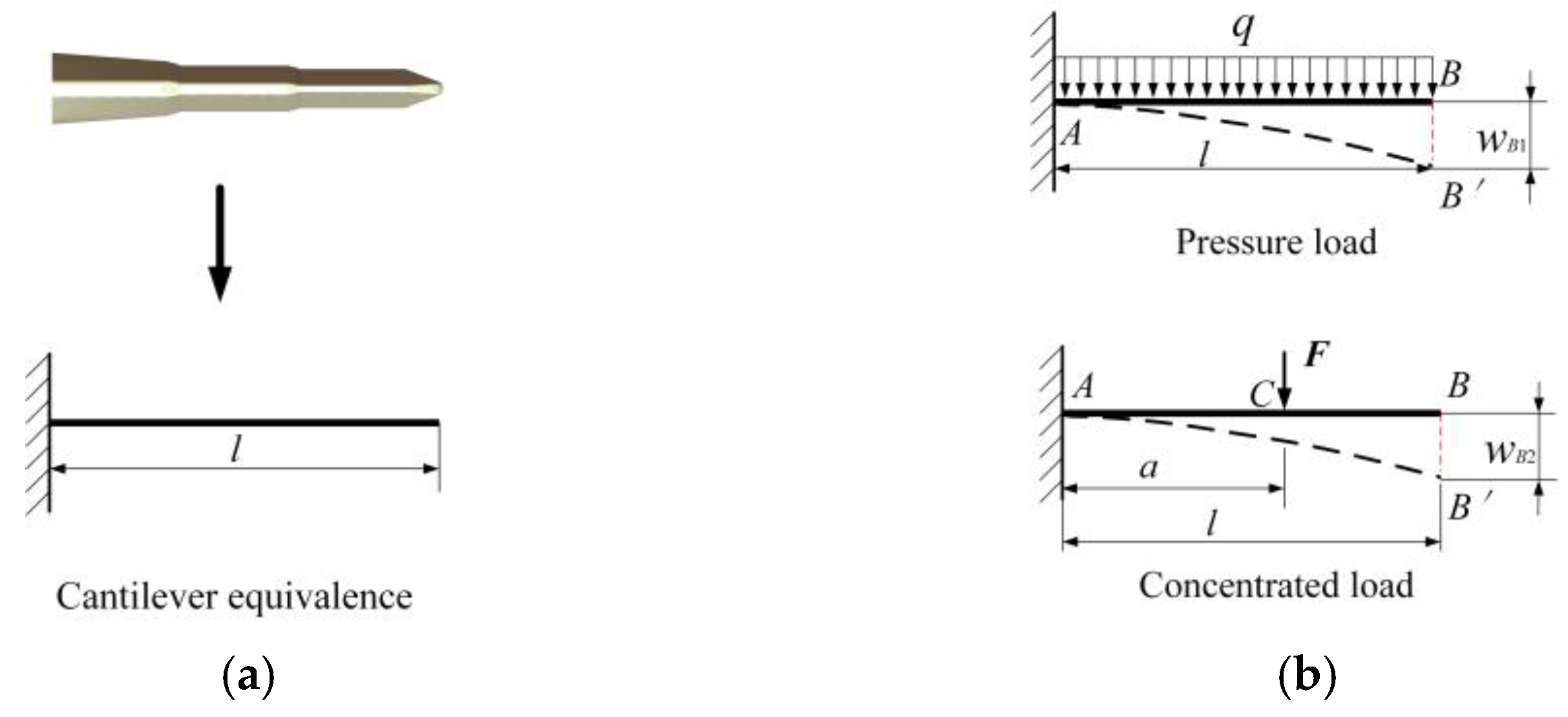The Evolution of Wing Loading in Competition Gliders

The history of competition glider development reveals a fascinating evolution in wing loading philosophy, driven by advances in materials, aerodynamics, and competition strategies. This progression reflects the ongoing quest for optimal performance across varying conditions.
Early Competition Era (1930s-1950s)
Early competition gliders featured:
- Very low wing loading (15-25 kg/m²)
- Wooden structures with fabric coverings
- Emphasis on low-speed handling and climb performance
- Limited ballast capabilities
These designs excelled in weak conditions but had poor cruise performance.
Fiberglass Revolution (1960s-1980s)
The introduction of fiberglass construction enabled:
- Moderate wing loading (25-35 kg/m²)
- Improved aerodynamics and lower drag
- Early water ballast systems
- Better performance across wider speed ranges
This period saw the development of iconic gliders like the ASW 19 and LS3.
High-Performance Era (1990s-2010s)
Advances in materials and design led to:
- Higher wing loadings (35-50 kg/m²)
- Sophisticated ballast systems
- Winglets and advanced airfoils
- Computer-optimized structures
Gliders like the ASG 29 and JS1 represented the state of the art, capable of excellent performance across a wide range of conditions.
Current Trends (2020s)
Modern competition gliders feature:
- Extremely high maximum wing loadings (50-60 kg/m²)
- Advanced composite materials allowing lighter structures
- Greater ballast capacity relative to empty weight
- Optimized for competition tasks that favor high speeds
- Increased use of computational fluid dynamics in design
Future Directions
Emerging trends suggest:
- Further increases in operational wing loading ranges
- Dynamic wing loading adjustment systems
- Morphing wing technologies
- Integration with real-time weather data for optimal loading
This historical perspective shows how wing loading philosophy has evolved in response to changing materials, aerodynamics knowledge, and competition requirements. Understanding this progression helps pilots appreciate why modern gliders are configured as they are and how to best utilize their capabilities.



